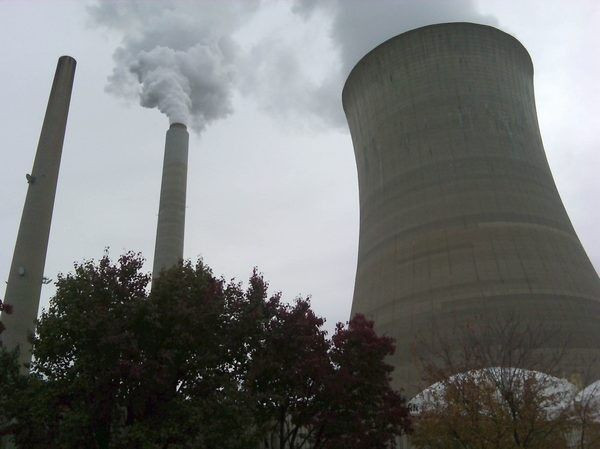EPA winning war vs. acid rain

The U.S. Environmental Protection Agency released a report today that shows 15 years of successful results from EPA's nationwide effort to address acid rain.
Since its inception in 1995, EPA's Acid Rain Program has earned widespread acclaim due to dramatic sulfur dioxide and nitrogen oxides emission reductions that are saving American lives and ecosystems. An analysis estimates annual public health benefits of the program in 2010 alone at more than $120 billion, about 40 times the estimated cost.
Some of the major accomplishments of the program through 2009 include:
- Power plants have decreased emissions of sulfur dioxide, or SO2, a precursor to acid rain, to 5.7 million tons in 2009, a 67 percent decrease from 1980 levels and a 64 percent decrease from 1990 levels.
Air quality has improved; the average amount of ambient SO2 decreased 76 percent between 1980 and 2009. The largest single-year reduction in SO2 since the start of the Acid Rain Program occurred between 2008 and 2009.
Reductions in fine particle levels yielded benefits including about 20,000-50,000 lives saved annually.
Many lakes and streams affected by acid rain in the east are exhibiting signs of recovery.
The program sets a permanent cap on the total amount of SO2 that may be emitted by electric generating units in the United States, and includes provisions for trading and banking emission allowances. The program is phased in, with this year phasing in the final 2010 SO2 cap set at 8.95 million tons, a level of about one-half of the emissions from the power sector in 1980.
© Copyright IBTimes 2025. All rights reserved.





















